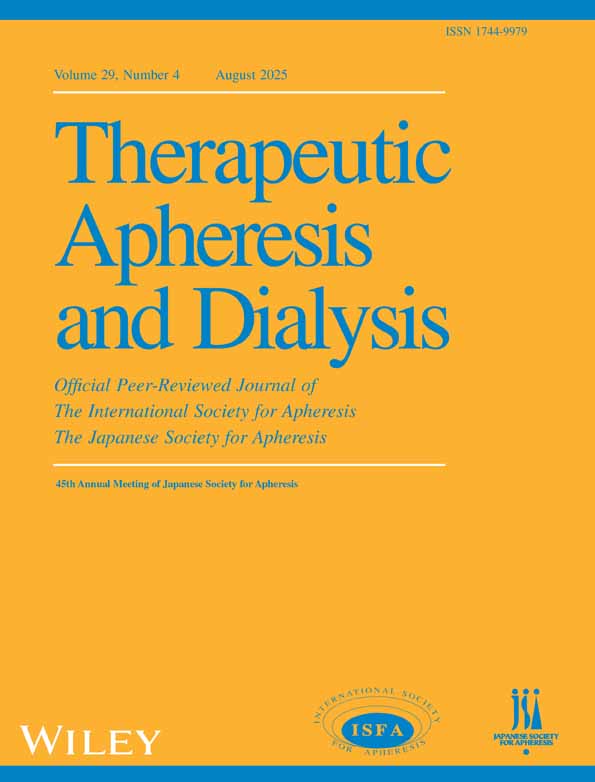Ferritin to Albumin Ratio Predicts Mortality in Peritoneal Dialysis Patients
Funding: The authors received no specific funding for this work.
ABSTRACT
Introduction
Ferritin to albumin ratio (FAR) is a combined marker for inflammation and nutritional status. This study aims to investigate FAR and its relationship with mortality in peritoneal dialysis (PD) patients.
Methods
One hundred seventy-seven PD patients were enrolled in this retrospective study. Prevalence of all-cause mortality and associated factors were analyzed.
Results
Patients were divided into two groups according to mortality status. While patients were older and the presence of diabetes mellitus was more common in the mortality group, urine volume and normalized protein catabolic rate (nPCR) were higher in nonmortality patients. The mortality group had higher levels of FAR (p = 0.001). We further analyzed patients according to FAR levels. The 75th percentile of FAR was defined as the high FAR (> 143.4) group, and in the Kaplan–Meier Survival Analysis, the low FAR group had better survival than the high FAR group (p = 0.011). FAR was positively correlated with age and C-reactive protein (CRP) and negatively correlated with urine volume. Cox regression analysis revealed that age (p < 0.001), FAR (p = 0.008), nPCR (p = 0.002), and urine volume (p = 0.039) were independent predictors of all-cause mortality.
Conclusion
The present study demonstrates that FAR is an independent predictor of all-cause mortality among PD patients.
Conflicts of Interest
The authors declare no conflicts of interest.
Open Research
Data Availability Statement
The data that support the findings of this study are available from the corresponding author upon reasonable request.




